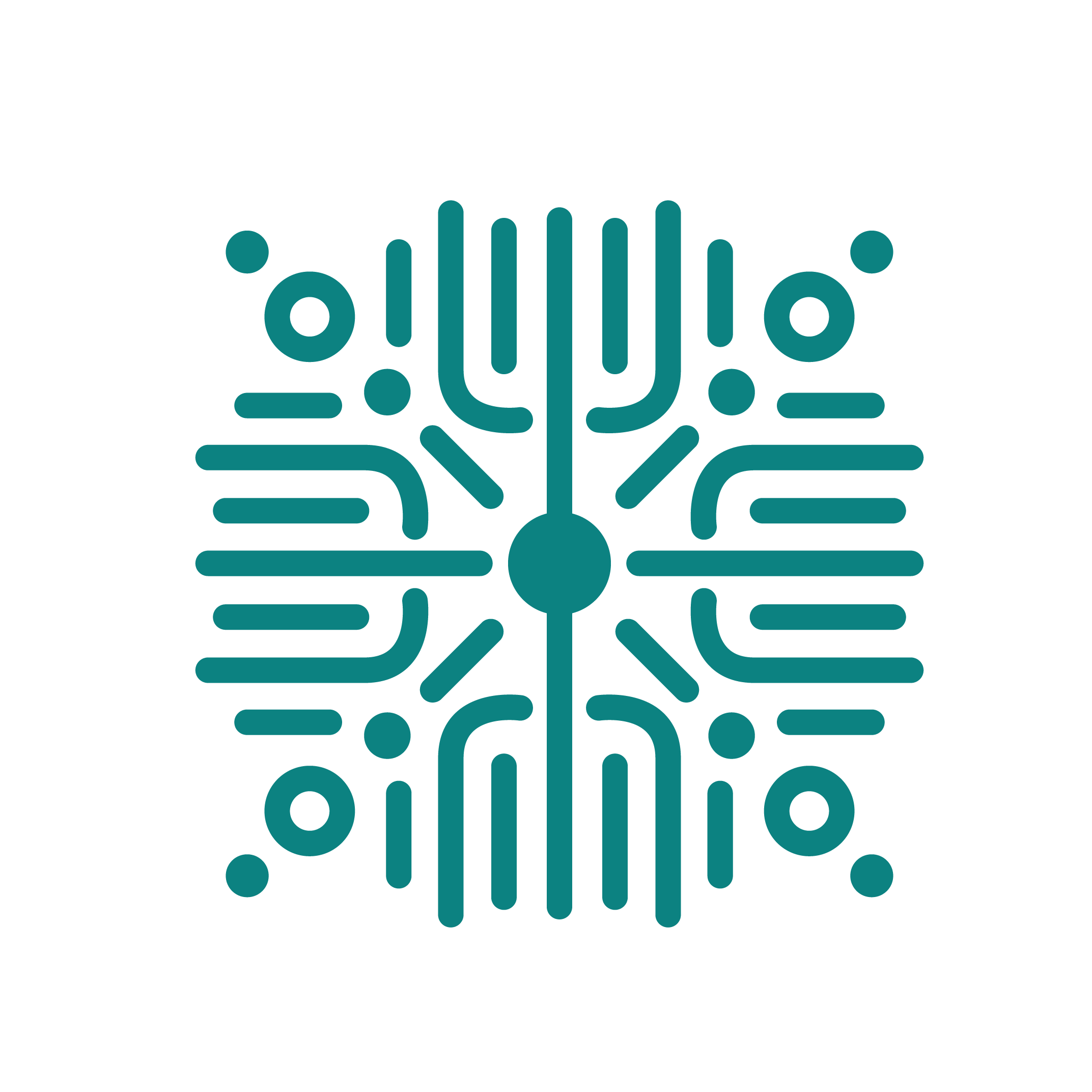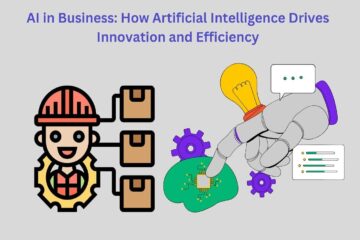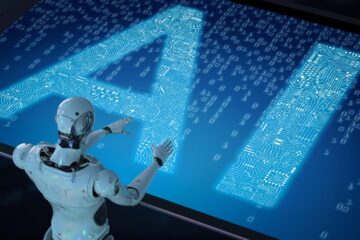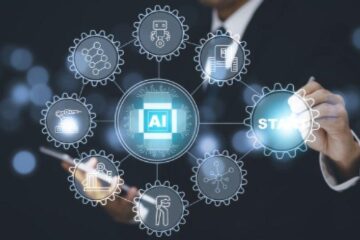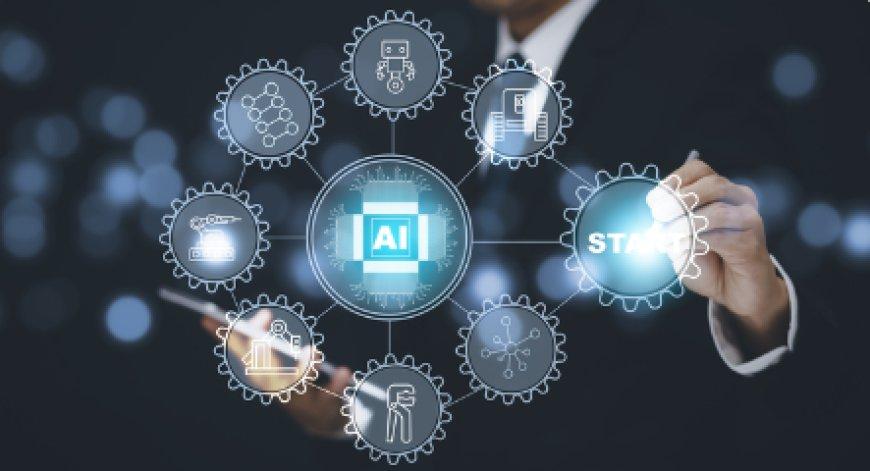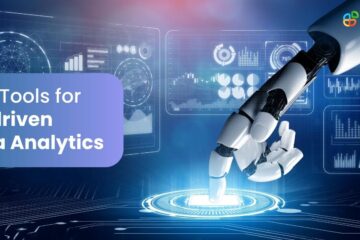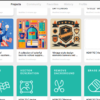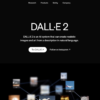
AI tools for education
In a world where technology evolves at breakneck speed, education stands on the brink of a revolution, driven by the transformative power of artificial intelligence. The classroom of tomorrow is no longer confined to textbooks and chalkboards; instead, it is a dynamic ecosystem enriched by AI tools that promise to personalize learning, enhance engagement, and boost efficiency. Imagine a virtual tutor providing real-time feedback tailored to each student’s unique learning style or sophisticated algorithms analyzing vast amounts of data to help educators craft a more effective curriculum. In this article, we will explore the groundbreaking AI tools reshaping education today, uncovering their potential to not only streamline administrative tasks but also empower both teachers and learners. Join us as we navigate this exciting landscape where technology meets pedagogy, highlighting how embracing these innovations is essential in preparing students for a future that demands adaptability and creativity.
Table of Contents
- Exploring the Role of AI in Personalized Learning Experiences
- Enhancing Teacher Efficiency through Intelligent Assistance
- Bridging Gaps in Education with AI-Driven Accessibility Tools
- Future Trends: Preparing Educators for an AI-Enriched Classroom
- To Conclude
Exploring the Role of AI in Personalized Learning Experiences
AI serves as a powerful catalyst for customized learning experiences, allowing educators to tailor educational content to individual students’ needs. By harnessing data from various sources, such as assessment results and engagement metrics, AI can identify learning styles and gaps in knowledge. This targeted approach ensures that lessons are both relevant and stimulating, enabling students to progress at their own pace. For instance, platforms like DreamBox and Knewton leverage AI algorithms to create adaptive learning pathways that respond in real-time to student interactions.
Additionally, the integration of AI in education transforms traditional feedback mechanisms. Instead of waiting for periodic assessments, students receive instant responses through interactive interfaces that encourage exploration and critical thinking. Moreover, AI can assist teachers by offering insights into student performance trends, thereby streamlining lesson planning and resource allocation. Resources such as Edutopia provide examples of best practices for implementing AI in educational settings. The future of personalized learning thus hinges on the symbiotic relationship between educators and AI technology, leading to an enriched learning environment.
Enhancing Teacher Efficiency through Intelligent Assistance
Deploying AI tools in educational environments translates to a significant uplift in teacher efficiency. By automating routine tasks, such as grading assignments and managing schedules, educators can reclaim valuable time that can be redirected towards mentoring students and fostering more engaging learning experiences. This efficiency does not merely streamline operations; it also enhances the overall learning environment by allowing teachers to focus on innovative teaching methods and personalized student support.
Furthermore, intelligent assistance extends beyond mere task management. With advanced analytics, AI can provide insights into student performance, enabling teachers to tailor their instructional strategies accordingly. For instance, adaptive learning platforms offer customized resources for students based on their individual progress, leading to more effective interventions. Some key benefits of AI tools include:
- Personalized Learning: AI can create tailored learning paths that cater to each student’s unique needs.
- Enhanced Communication: Tools like chatbots can answer students’ queries instantly, easing the communication load on teachers.
- Data-Driven Insights: Dashboards powered by AI can highlight trends in student performance, helping in curriculum adjustment.
- Resource Optimization: Teachers can identify and deploy the best instructional resources efficiently.
Benefits Overview
| Benefit | Description |
|---|---|
| Time Savings | Reduces time spent on administrative tasks. |
| Improved Engagement | Offers interactive tools that captivate students. |
| Enhanced Feedback | Provides immediate feedback to students on their work. |
For an in-depth look at how AI is transforming education, refer to [Edutopia](https://www.edutopia.org/) or [Education Week](https://www.edweek.org/). These resources elaborate on specific AI applications and emerging trends within the classroom, contributing further to the conversation on enhancing teacher efficiency.
Bridging Gaps in Education with AI-Driven Accessibility Tools
AI-driven accessibility tools are revolutionizing the educational landscape, ensuring that no student is left behind. Through sophisticated algorithms and intuitive design, these tools address diverse learning needs, making educational materials more approachable for everyone. For instance, AI-based applications can tailor learning experiences by providing customizable content that adapts to individual learning speeds and styles. This progressive approach not only supports students with disabilities but also enhances the overall learning environment, allowing all participants to thrive in their educational pursuits.
Moreover, bridging gaps in education extends beyond just access; it encompasses creating an inclusive atmosphere where every voice is heard. Consider tools that utilize machine learning to transcribe spoken words into text, benefiting students who are deaf or hard of hearing. Additionally, AI can assist educators in identifying students who may require extra support through predictive analytics, enabling timely interventions. Below is a concise overview of key AI tools and their functionalities:
| Tool Name | Functionality | Target Users |
|---|---|---|
| Speech-to-Text Converter | Transcribes audio for students with hearing impairments. | Deaf or hard of hearing students |
| Personalized Learning Platforms | Adapts content to fit individual learning styles. | All learners |
| Predictive Analytics Tools | Identifies at-risk students for timely support. | Educators and administrators |
These innovations are not merely enhancements; they represent a commitment to equal opportunity in education. As we continue to explore these technological advancements, it’s evident that AI tools are not just shaping the classroom dynamics but are paving the way toward an education system that embraces diversity and inclusion. For further insights, check out this comprehensive study on the impact of AI in classrooms, or explore recent findings on learning accessibility in Edutopia.
Future Trends: Preparing Educators for an AI-Enriched Classroom
Anticipating the rapid evolution of educational landscapes, it becomes essential to equip teachers with the knowledge and skills to navigate an AI-infused environment. As AI tools, such as intelligent tutoring systems and adaptive learning platforms, gain traction, educators must grapple with new roles and responsibilities. Instead of solely imparting knowledge, teachers will transition into facilitators who guide students through personalized learning experiences. Advanced AI solutions can analyze student performance in real time, allowing educators to tailor instruction, enabling a more dynamic response to diverse learning needs.
Rather than resisting these changes, embracing professional development opportunities focused on AI integration can empower teachers to excel. Training programs should emphasize not just technical proficiency but also how to apply AI ethically and effectively in the classroom. Key areas for development might include:
- Understanding AI Fundamentals: Teachers need a solid grasp of how AI operates to utilize it in their pedagogy.
- Create Collaborative Environments: Encouraging teamwork between educators and AI tools fosters a richer learning experience.
- Data Literacy: Skills in interpreting and managing data generated by AI systems are critical for informed instruction.
Moreover, collaborating with AI developers can yield tailored educational solutions that address specific classroom challenges. Studies indicate that schools that have integrated AI not only enhance student engagement but also improve academic outcomes (see [EdTech Magazine](https://edtechmagazine.com/k12/article/2023/04/how-ai-changing-k-12-education)). As the educational sector continues to evolve, preparing educators for these innovations will be pivotal in creating an effective AI-enriched classroom.
To Conclude
As we stand on the brink of a new era in education, the integration of AI tools presents both opportunities and challenges. These technologies have the potential to revolutionize the way we teach and learn, offering personalized experiences that cater to diverse needs and learning styles. However, as we embrace these innovations, it’s essential to remain mindful of the ethical implications and the importance of human connection in the educational journey.
In navigating this landscape, educators, students, and policymakers must collaborate to ensure that AI serves as a valuable ally rather than a substitute for the human touch. The future of education lies not just in the tools we implement but in the way we harness them to inspire curiosity, foster creativity, and cultivate critical thinking.
As we look ahead, let us remember that while AI can enhance our learning experiences, it is our shared commitment to growth and understanding that will ultimately shape the classrooms of tomorrow. The journey into this new frontier is just beginning—together, let us embrace it with open minds and hearts.
